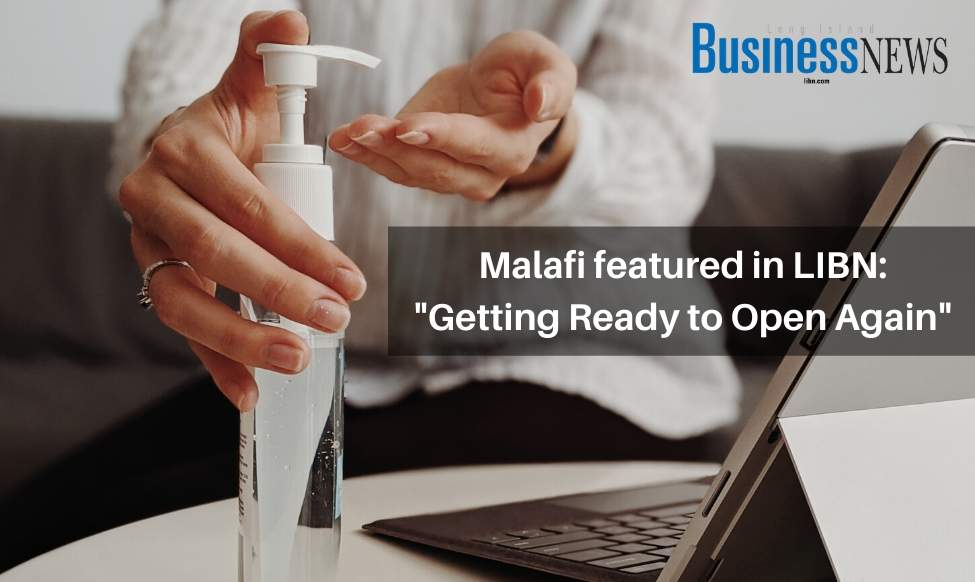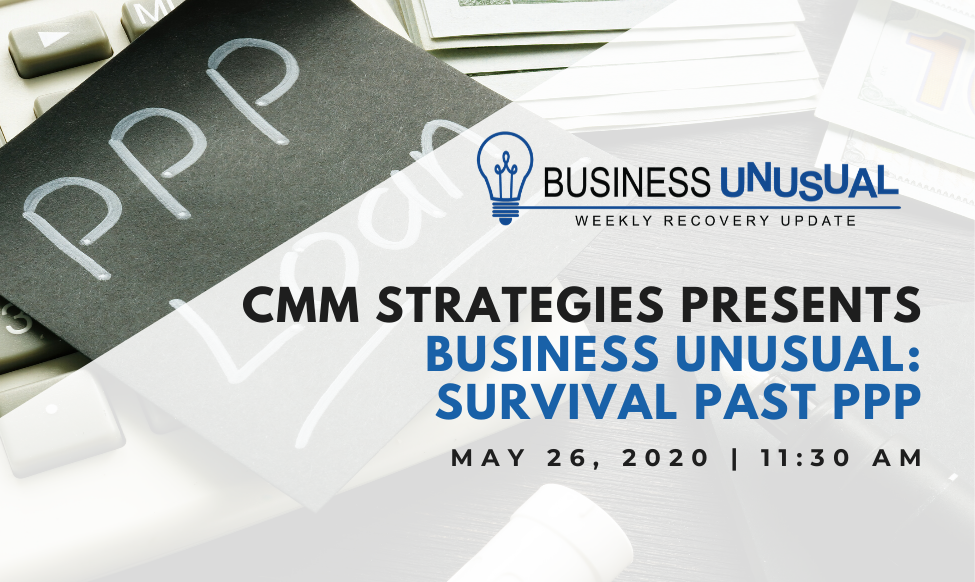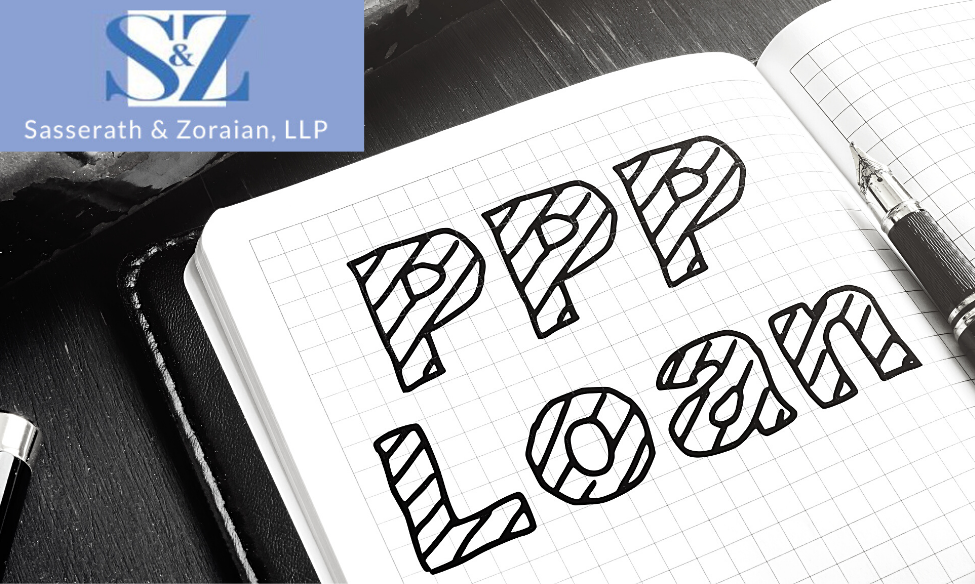This story was reported by Daniel Bubbeo, Daysi Calavia-Robertson, Maura McDermott, Tory N. Parrish, Ken Schachter, Sarina Trangle and Scott Vogel. It was written by Schachter.
Long Island businesses in a coronavirus-induced coma since March 22 are about to awaken to a world where the rules have changed.
That’s the message from experts as companies prepare to emerge from the state’s lockdown.
For thousands of “nonessential” companies laying the groundwork to reopen under Albany’s phased plan, the learning curve will be steep and unforgiving, according to executives and advisers.
“The entire world has changed,” said Kevin Law, president and chief executive of the Long Island Association. “There will be new protocols, new standards.”
On Friday, five Upstate regions began reopening businesses in Phase One: construction, agriculture, manufacturing, wholesale trade, and retail where curbside or in-store pickup is possible. After two weeks of monitoring to make sure COVID-19 numbers don’t spike, the regions could get the go-ahead to move to Phase Two.
With the state’s stay-at-home PAUSE order extended through May 28, Gov. Andrew M. Cuomo said Long Island and other downstate regions “can be un-PAUSED the moment they hit their benchmarks,” the health metrics that indicate progress in containing the virus.
Law, who sits on Cuomo’s statewide coronavirus task force and a regional “control room” panel that monitors Long Island’s COVID-19 metrics, said the region remains a few weeks away.
When Long Island does begin its four-phase restart, companies that went dark will find a tectonic shift since March.
“It’s not going to go back to what it was,” said Joe Campolo, managing partner at Ronkonkoma law firm Campolo, Middleton & McCormick LLP.
Businesses that were shut down face a different set of hurdles than those that remained open and were able to hone their practices on the fly, Law said.
For many companies, restarting goes beyond turning on the lights and opening the doors. It means rehiring furloughed employees, refilling the supply chain, reassessing the market, reconnecting with customers and revising the business model. It also means figuring out how to create open spaces when “our whole society was built for density,” Campolo said.
Some businesses may not be able to make the leap.
“I get heart-wrenching stories from companies that are not going to make it,” Law said.
Campolo said it will be vital for companies not only to enact safety measures, but to communicate their commitment to safety.
“There’s an anxiety level out there we’ve never seen before,” he said.
Nicole Penn, president of Melville-based marketing firm EGC Group, is advising reopening restaurants that they need to rebuild trust with customers that their food is safe.
“If your business was closed completely, you have to do three times the amount of messaging with consumers,” she said.
Katherine Heaviside, of Epoch 5 Public Relations in Huntington, said businesses have to be consistent with their message, from the corner office to the mail room. “When you reestablish your relationships, you have to address” fears of all your stakeholders, she said. “Every employee is an ambassador of the company. Everybody has to be brought to the realization that they have the responsibility to bring their organization back from the brink.”
Here’s how Long Island businesses are facing the challenge:
PHASE 1: Construction, agriculture, manufacturing, wholesale trade and curbside retail
Forecast Consoles Inc.’s reopening plan ranges from split shifts to lawn chairs.
Ryan Haberman, chief executive of the 30-person company, said he is still working out final policies and layout for the Hauppauge manufacturer. But parts of the strategy are coming into focus.
Once authorities give the green light, the maker of control room consoles for broadcasters will have office staff continue to work remotely, but return manufacturing workers on split shifts.
Rather than stock a water cooler, the company will supply water bottles. Acrylic dividers will separate work areas. A rented warehouse nearby will help reduce density.
Face masks will be mandatory, Haberman said, but to alleviate discomfort, workers will be able to take frequent maskless breaks outside.
Haberman said he bought lawn chairs so that workers can sit outside in a garden that is set back from the street.
Aside from the government timetable, Haberman said he has his own benchmarks.
“My criteria is: Do our people feel safe and have we made changes in our facility that will let people stay safe?”
Meanwhile, some Long Island construction companies are scrambling to get protective equipment for employees.
Ben Jackson, owner of Ben’s General Contracting Corp. in Freeport, has been stocking up on masks, hand sanitizer and no-touch thermometers to check the temperature of anyone entering the office or a work site.
Because N95 masks used both in construction and in hospitals are now all but impossible to find, he said, construction workers are using looser-fitting surgical masks, even though there are concerns about their effectiveness.
Jackson is still working on projects deemed essential, such as homes damaged by superstorm Sandy, but his business is about half what it was before the outbreak.
“We don’t want a handout, we just want to work and earn a living,” he said.
PHASE 2: Professional services, retail, administrative support, real estate/rental and leasing
It’s hard to project exactly how big COVID-19’s impact will be on Long Island’s retail industry because the crisis isn’t over, experts said.
But, as stores reopen, there are steps many will take to reduce the spread of the virus — and some of those measures could be here to stay.
Retailers may widen aisles to allow for better social distancing, encourage customers to use credit/debit cards instead of cash to reduce contact with cashiers, and stagger employees’ work schedules to reduce the number of people in breakrooms, said Nellie Brown, director of Workplace Health and Safety Programs for the Worker Institute at Cornell University’s School of Industrial and Labor Relations.
Employee screenings for temperature checks and symptoms of COVID-19 might become the new norm, even though they won’t catch COVID-19 cases that are asymptomatic or pre-symptomatic, she said.
In early April, Tutti, a children’s clothing boutique in Greenvale, introduced curbside pickup service for items purchased by phone, said Christina Connelly, founder and owner. The store will continue to offer that service after it reopens to the public.
Also, it will require customers to wear masks in the boutique, hand out gloves to shoppers and eliminate fitting rooms, she said.
Tutti is showcasing its merchandise on Instagram and in FaceTime appointments with customers, Connelly said. “We’re helping you virtually. You’re not just going on a website without having any dealings with a salesperson.”
Sales through curbside pickup are increasing nationwide. Two companies that own shopping centers on Long Island — Federal Realty Investment Trust and Kimco Realty Corp. — are designating special areas in their parking lots for curbside pickup.
Real estate brokers, who also fall under Phase 2, currently must work remotely and may only offer online tours of houses.
“I think once the in-person restrictions are lifted, there’s going to be kind of a flood” of activity, said Gary Baumann, an associate broker with Keller Williams Points North in Woodbury. Baumann said he has ordered disposable masks, gloves and booties for potential buyers.
“We have to step up our game because we’re responsible for the safety of buyers and sellers,” he said.
Once agents are allowed to resume in-person work, Baumann said he plans to hire a professional cleaning company to disinfect homes after each showing.
“Most people are happy to show their house to a really serious buyer who’s going to come in wearing a mask and gloves and being reasonably careful,” he said.
Ann Conroy, chief executive of Douglas Elliman’s Long Island division, said the industry will need to strike a balance between protecting people from the virus and resuming economic activity.
“Pushing the envelope and trying to get back sooner than we should is not the answer,” she said. But “continuing to be shut down is hurting very many people’s lives.”
PHASE 3: Restaurants and food services
As executive vice president of Great River-based Lessing’s Hospitality Group, Mark Lessing presides over a fleet of restaurants trying to gauge the future.
He predicted restaurants won’t be able to reopen for indoor service until July, and then only at 25% capacity, at least to start. “We are measuring the spaces, looking at how to minimize the tables, trying to figure out how to do the entrances and exits,” he said.
He’s been looking into “easy to get” Plexiglas, although he conceded that no one really knows how diners would react to such retrofitting. “That’s part of what I’m struggling with.”
For now, Lessing is hoping to accomplish diner distancing with low-impact solutions like blocking off certain tables. Contactless ordering and payment systems also could be rolled out, he said.
“We’ll provide a bar code or URL. You scan the bar code and place your order, you pay at the table and we bring it out. It’s more of a runner service than a waiter service.”
Meanwhile, Peter Hewitson, owner of Uncle Bacala’s in Garden City Park, has been installing more phone lines and adding a platform to his website so patrons can order online. As for dining in, Hewitson has already had measurements made for a Plexiglas shield over the bar. “You put the Plexiglas up, and then leave a little lip to serve the drink underneath.”
Hewitson has also installed hand sanitizing stations and has invested in gloves and masks.
He grew up working in a pizzeria, so was prepared for an all-takeout business.
Despite the uncertain times, Hewitson said Uncle Bacala’s has an ace in the hole. “I have an outdoor area large enough to hold 100 people, and I can put a tent out there. That would work for the summer, at least.”
PHASE 4: Arts, entertainment, recreation, education
Public safety and security will become a central focus for hoteliers, Mark Irgang, president of the Long Island Hospitality Association, said.
Recovery efforts will include increased cleaning and disinfecting, contactless mobile check-in, and limits on crowding in elevators and other shared areas.
Marketing those efforts will be almost as pivotal as the initiatives themselves, experts said.
The same holds true for gyms.
At Primal Revival, a gym in Bohemia, owner Tristan Phillips said he will be setting up sanitation stations and putting tape on the floor to ensure weight benches are at least six feet apart. The six to eight members who come to a typical class should be able to maintain a safe distance from one another in the 2,500-square-foot facility, Phillips said.
“People will be able to grab one kettle ball and use [it] throughout their entire session,” he said. “After the session, we’ll just wipe everything down.”
Phillips said masks, which restrict airflow for some people, will likely be optional.
Since the shutdown, he distributed kettle balls to members and invited them to attend workouts through Facebook Live and Zoom. About 60% of his clients are still members. Primal Revival received funding from the federal Paycheck Protection Program and is working on negotiating leniency with its landlord, Phillips said.
Before the pandemic, the gym had between 60 and 80 members, but he worries that many may not feel comfortable returning, and others may cancel their memberships if they experienced financial hardships.
“We’re going to do everything we can to make sure everyone’s safe,” Phillips said. “We’re just waiting to see what the government tells us we can do.”
The Argyle Theatre in Babylon, a theater venue that has been closed since mid-March, has a reopening strategy in the works that would reduce seating capacity.
“When we opened ‘Cabaret’ on March 12, we had a bizarre trial run for this because we had four performances that had 50% capacity. We had audience members spread out. Employees wore gloves and some had masks on,” said Dylan Perlman, who owns the theater with his father Mark Perlman. “Moving forward, we’re going to make sure all of our employees will be wearing masks and we’ll be encouraging our patrons to wear masks.” He added that operating below half-capacity would not be economically feasible.
Concert venues also face a future where their fortunes may hinge on safety concerns.
Laura Mogul, executive director of Port Washington’s Landmark on Main Street, said working out how to space concertgoers is keeping her up at night.
“Our interests and the artists’ are the same,” she said. “They want to be performing.”
Mogul said she is awaiting government guidance, but calculates it might be financially possible to operate the venue at about half capacity.
Movie theaters, too, must look at operating at reduced capacity.
National Amusements’ three Long Island theaters — Showcase Cinema de Lux Farmingdale, Showcase Cinema de Lux Broadway in Hicksville and Island 16: Cinema de Lux in Holtsville — have been closed since mid-March. The company is planning changes as it looks to reopen by mid-July, said Mark Malinowski, vice president of global marketing.
They include increasing cleaning frequency, reducing seating capacity by 50%, installing Plexiglas shields at point-of-sale areas, encouraging customers to buy tickets in advance online and encouraging customers to wear masks until they get to their seats, he said.
“It’s going to be a step-by-step process,” he said. “It’s a different world for everyone.”
Originally published in Newsday









